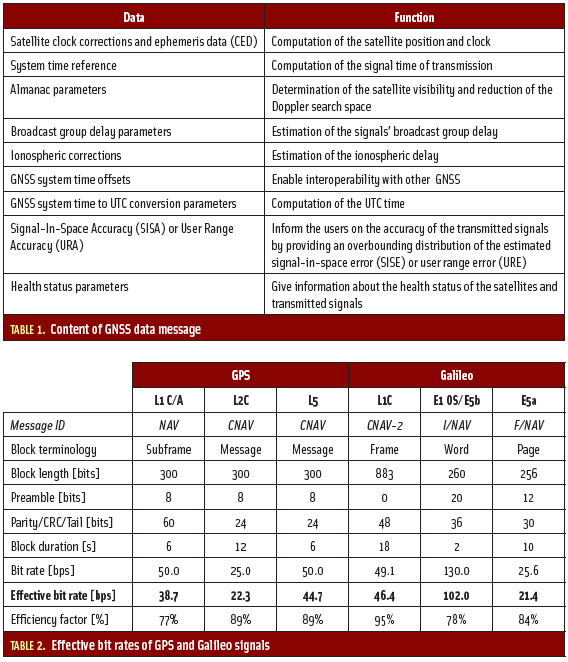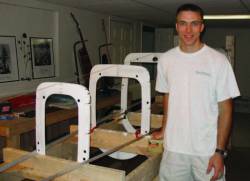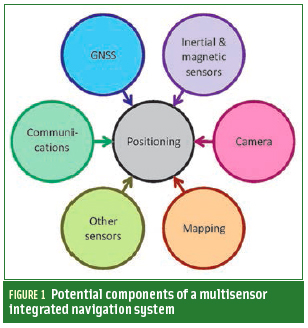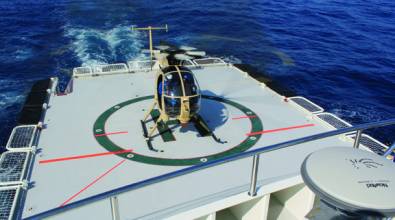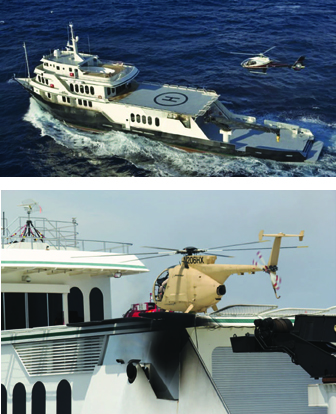 Chris Rizos, University of New South Wales
Chris Rizos, University of New South Wales
GNSS is in a class of its own and the positioning/navigation/timing (PNT) technology of choice for most applications. Why wouldn’t we always use it?
It is affordable, it is a mature technology with many form factors, and its level of performance spans several orders of magnitude — millimeters to meters. There are a bewildering number of permutations of user equipment, augmentation solutions, processing algorithms, and operational procedures to choose from.
However. . . .
Read More >
By Inside GNSS
